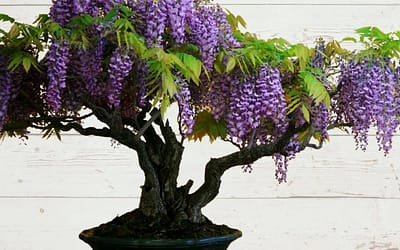Unlike vegetable gardens, which thrive with fast-maturing annuals and biennials, planning a home fruit garden demands a long-term vision. Fruit trees or shrubs, often live for a decade or more, some lasting over 50 years. They may also need expert supervision depending on the circumstances.
If you plan accordingly, you can have fresh, delicious produce right at your doorstep as you need. Whether you have a sprawling backyard or a modest balcony, growing your own fruit can transform any space into a verdant oasis of flavors and aromas.
The journey to cultivating a fruit garden begins with planning and a little bit of knowledge. Understanding your local climate, soil conditions, and the specific needs of different fruit plants is crucial for success.
Selecting the right varieties that thrive in your area ensures not only a bountiful harvest but also reduces the need for intensive care and maintenance. Moreover, growing fruit at home allows you to embrace organic practices, ensuring that your produce is free from harmful chemicals and pesticides.
A fruit garden is more than just a source of food; it is a sustainable hobby that reconnects you with nature and promotes healthy living. Let us get our hands dirty and delve into the secrets of a flourishing fruit garden!
Planning Your Fruit Garden
First, have a visual inspection of your fruit garden space. Measure and record its dimensions to have a clear picture of where you are working. Observe and mark areas with full sun, partial sun, and shade. This is especially useful when you have specific varieties of fruit to grow in specific locations.
Make a note of nearby structures like buildings and fences, that may cast shadows or obstruct the growth of your plants.
Prioritize locations with consistent sunlight as most fruit trees or bushes prefer to grow in such spaces. Make sure the planting locations have nutrient soil and good drainage. If not, start working the soil accordingly.
If necessary, diagnose soil for possible pests and diseases as they can hinder plant growth and yield. Last but not least, keep your plants safe from critters. You can achieve this by putting up a fence or making similar arrangements.
Preparing Soil for a Fruit Garden

Having healthy soil is the foundation of a thriving fruit garden. To give your plants the best shot, check your soil’s pH and nutrients before planting.
1.) Testing Soil pH
Before making any amendments, test your soil’s pH using a soil testing kit or by sending a sample to a local agricultural extension office.
Soil pH is measured on a scale from 0 to 14, where – a pH below 7 is acidic (low pH), a pH of 7 is neutral, and a pH above 7 is alkaline (high pH).
2.) Amending Acidic Soil (Low pH)
If your soil is acidic (pH below 7), you can raise the pH by adding lime (calcium carbonate):
Dolomitic lime contains both calcium and magnesium and is ideal for most soils.
Calcitic lime contains only calcium and is suitable for soils with adequate magnesium levels.
Follow the recommendations, based on the analysis report.
3.) Amending Alkaline Soil (High pH)
If your soil is too alkaline (pH above 7), consider the following options:
Incorporate sulfur: Elemental sulfur (such as powdered sulfur) can help lower soil pH. It converts to sulfuric acid in the soil, gradually reducing alkalinity.
Add organic matter: Compost, well-rotted manure, or other organic materials can improve soil structure and slightly lower pH over time.
Remember to follow the specific recommendations based on your soil type, plant requirements, and local conditions. Regular soil testing will help you monitor changes and adjust as needed
Before planting, research the ideal pH level for each plant. Group plants with similar pH preferences in the same bed. This will save you time and effort when it comes to adjusting the soil’s acidity
Remove debris including weeds before turning or loosening the soil to improve its drainage and texture.
Give your fruit plants a head-start by enriching your soil with plenty of well-composted organic matter. Fruit trees, bushes, and plants love soil that is both packed with nutrients and drains well.
Lighting Conditions for Fruit Garden
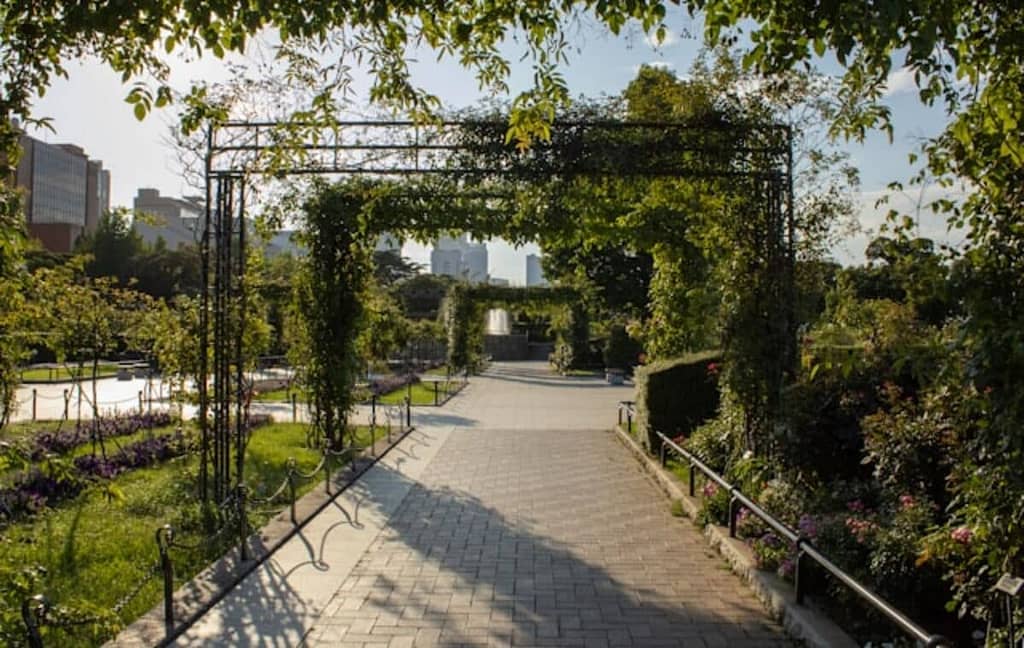
Most fruit trees need at least six hours of sunlight to grow well. However, some fruit trees like plums, rhubarb, currants, pears, and kiwis can grow in partial shade. This means you can use all your fruit garden space effectively by planting both types of trees.
Planting near fences, walls and hedges can protect the plants from extreme temperatures and harsh winds. However, Space them adequately so they can receive pollination from insects and bloom freely.
Climatic Conditions
Nowadays, you can find many types of the same fruit in the market. Some can grow in chilly areas, while others prefer sunshine. Even if a fruit is not normally grown where you live, there might be a special kind that thrives there! The secret lies in picking the right variety and taking good care of it.
There are tons of options for most fruits, so do some research to find the perfect one for your climate. If needed, you can seek the help of experts!
Pollination and Self-Fruitful Trees
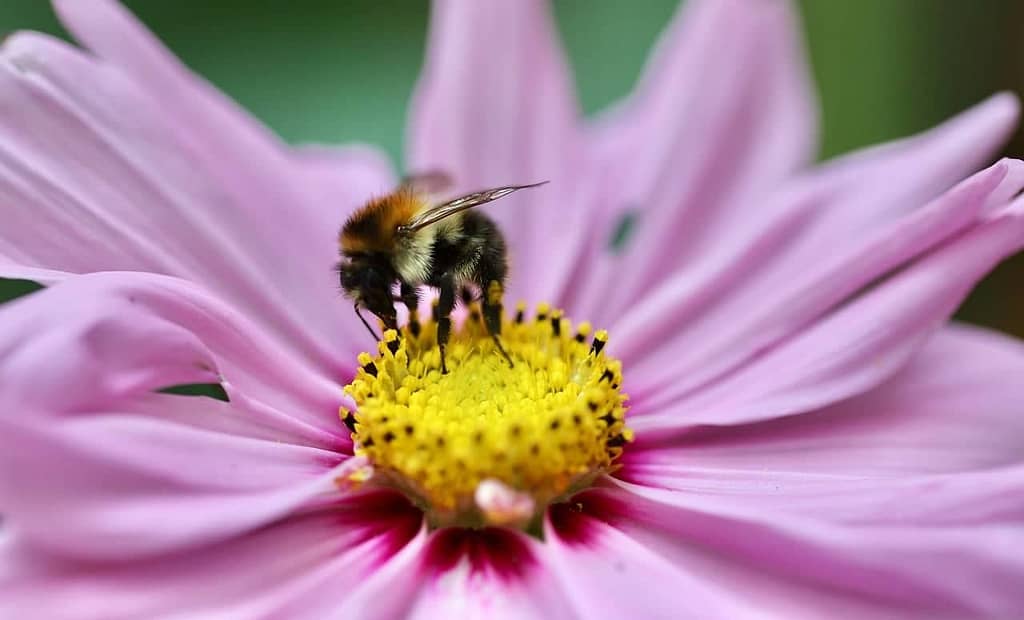
Here are some factors to think about before you dig in:
Self-Fruitful (Self-Pollination): Check if your desired fruit variety can produce fruit on its own. These are called self-fruitful varieties. They are perfect for small spaces as you only need one tree. If your garden is tight on space, prioritize these varieties.
You can also seek out similar fruit trees that thrive in your area. If you find compatible varieties, the pollinating bees will assist in fruit production, even if your tree isn’t self-fruitful.
Cross-Pollination: Some varieties of fruit trees need a helping hand from pollinators, like bees, to set fruit. These varieties require a pollinator partner tree, which can be another tree of the same or a different variety that blooms at the same time.
Choose What You Grow in Fruit Garden
Depending on your zone, plant a mix of perennials and annuals in your fruit garden. Also, pick fruits that ripen at different times. Look for early, mid, and late-season varieties. That way, you can enjoy fresh fruits throughout the season.
Both annuals and perennials have their own advantages and disadvantages as follows:
Cost and Investment
Annuals: These plants complete their life cycle within one year. You will need to replant them each season, which can be costly in terms of purchasing new seeds or seedlings.
Perennials: Once established, perennial fruit trees continue to produce fruit year after year without the need for replanting. Although the initial investment may be higher, you will save money in the long run.
Blooming Period
Annuals: Most annual plants bloom during the same period, typically in summer. Their flowering season is relatively short.
Perennials: Perennial fruit trees offer greater variety in blooming times. By planning your perennial planting, you can ensure different crops become available at different times, extending the productive season, and providing access to a wider variety of produce.
Yield and Harvest
Annuals: Annual fruit trees tend to produce fruit quickly, often within the same year of planting. This rapid yield can be advantageous if you are looking for a quick harvest.
Perennials: While perennial fruit trees take longer to establish, they provide consistent yields over many years. Once mature, they offer a more stable and reliable fruit supply.
Other Differences
Maintenance
Annuals: These plants require more frequent care, including planting, fertilizing, and pest management. However, they can be ideal for short-term gardening projects.
Perennials: Once established, perennial fruit trees are relatively low-maintenance. Pruning, fertilizing, and occasional pest control are necessary, but less frequent than with annuals.
Biodiversity and Ecosystem
Annuals: Planting annuals allows for seasonal variation and experimentation. They can be easily rotated or replaced to diversify your garden.
Perennials: Perennial fruit trees contribute to long-term biodiversity. Their deep roots stabilize soil, support beneficial insects, and enhance the overall ecosystem.
In summary, annual fruit trees are advantageous for quick yields and flexibility, while perennial fruit trees offer long-term stability and sustainability. Consider your gardening goals and preferences when choosing between the two!
Cultivating Fruit Garden
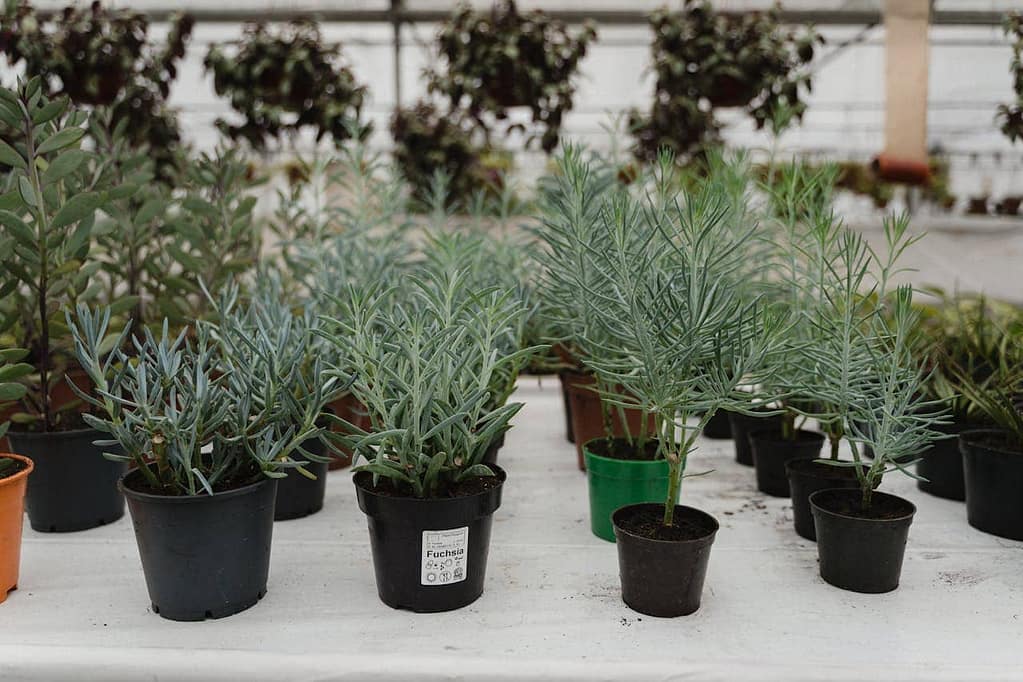
There are three ways to establish your fruit garden: starting with young plants, planting bare-root trees and shrubs, or sowing seeds. You can even combine all three methods for a faster harvest. While seeds and bare-root options mature, established plants produce fruit sooner.
Plants
You can purchase plants conveniently from online stores or your local nurseries. Mostly, they will be prepped for planting and already established. Hence, they may be a bit costlier.
Bare-Roots
Some fruit plants come “naked,” with just roots wrapped in sawdust or peat moss. These are cheaper and lighter than potted plants because they don’t have any soil. This also means stores can offer more types since they take up less space.
You can plant them earlier in the season than potted options, which stores sell later. Some fruit trees, grapevines, berry bushes, and even strawberries are sold in this form.
Seeds
You can also grow some fruits from seeds in your garden! Some fruits, like apples or pears, take a long time to grow fruit from seeds. But some quicker options like watermelon, melon, and cantaloupe can be planted directly in your garden.
Some other seeds like strawberries need a head start. So, plant them inside before shifting outdoors. Despite all the odds, this is one of the easiest methods to grow your fruit garden trees.
Maintaining Fruit Garden
After planting, fruit trees need regular watering schedules to thrive healthy. Especially when they are new, water them often, but do not overdo it – different trees have different thirst levels.
A good rule of thumb is to give them an inch or two of water each week during the growing season. If it rains a lot or the weather gets scorching hot, you might need to adjust a bit to keep your trees happy.
Adding mulch to your fruit garden offers several benefits. It helps retain moisture in the garden bed and around fruit trees. It also combats weeds, which can steal water and nutrients that your fruit trees need to thrive. Incorporate mulching into your gardening routine to ensure your fruit trees, bushes, and plants receive the essential water and nutrients they need.
Regularly monitoring the growth progress of your plants and adopting appropriate pruning techniques are essential for encouraging healthy development. Proper pruning not only shapes the plants but also ensures adequate air circulation, which is crucial for their well-being.
Protect your Fruit Garden from Wildlife
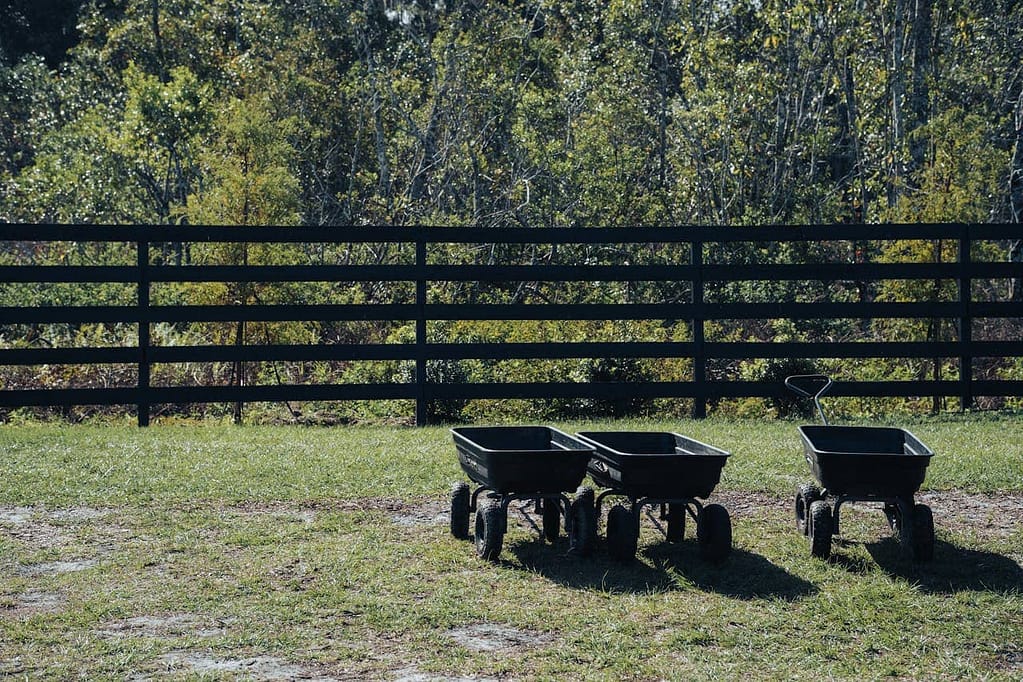
Protecting your fruit crops from wildlife is essential to ensure a bountiful harvest. Here are some effective methods:
Row Covers: Lightweight fabric covers placed over your plants create a barrier against pests. They allow sunlight, air, and water to reach the plants while keeping critters away.
Crop Cages: These are sturdy structures made of wire mesh or PVC pipes. Place them over individual plants or rows to safeguard against larger animals like deer.
Secured Netting: Fine mesh netting prevents birds, squirrels, and other small animals from reaching your fruit. Make sure it’s securely fastened to avoid gaps.
Garden Fencing: Build a strong fence to secure your garden perimeter. Choose a height that deters deer and woodchucks. It is best to bury the bottom edge of the fencing below ground to prevent digging critters.
Remember to inspect your protective measures regularly and make adjustments as needed.
Consult the Experts
When it comes to choosing the best fruit trees for your home garden, seeking advice from experts is a wise move. They can also advise on post-planting issues like plant diseases, infections, and pests. You can refer to some valuable resources as listed below:
Cooperative Extension Office: These offices provide research-based information and guidance on agriculture, horticulture, and gardening. They can recommend fruit varieties that thrive in your local climate and soil conditions.
Master Gardeners: Master Gardeners are trained volunteers who specialize in gardening and horticulture. They often hold clinics, workshops, and events where you can seek personalized advice.
Amateur Fruit Growers Groups: Joining local fruit growers’ groups allows you to connect with experienced enthusiasts. They share practical insights, tips, and recommendations based on their own successes and challenges.
Garden Centers: Visit your nearby garden center and chat with their knowledgeable staff. They can guide you on fruit tree varieties that are popular and well-suited for your area.
Remember, these experts can help you choose the right fruit trees, troubleshoot problems, and ensure a fruitful harvest
Curious Contemplations
Preserve Vegetables
Harvesting Vegetables




